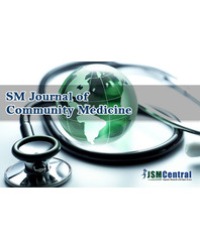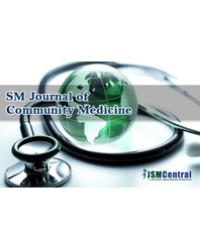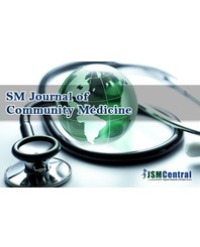
Understanding Barriers and Facilitators to Breast and Cervical Cancer Screening among Muslim Women in New York City: Perspectives from Key Informants
Background: Muslims are one of the fastest growing religious groups in the US. However, little is known about their health disparities, and how their unique cultural, religious, and social beliefs and practices affect health behaviors and outcomes. Studies demonstrate Muslim women may have lower rates of breast and cervical cancer screening compared to the overall population.
Methods: The purpose of this study was to: 1) conduct key-informant interviews with Muslim community leaders in New York City (NYC), to understand contextual factors that impact Muslim women’s beliefs and practices regarding breast and cervical cancer screening; and 2) inform the development and implementation of a research study on breast and cervical cancer screening among Muslims. Twelve key-informant interviews were conducted. The sample included imams, female religious leaders, physicians, community-based organization leaders, and social service representatives. The interview guide assessed: 1) unique healthcare barriers faced by Muslim women; 2) cultural and social considerations in conducting research; 3) potential strategies for increasing screening in this population; and 4) content and venues for culturally tailored programming and messaging.
Results: Key informants noted structure and culture as barriers and religion as a facilitator to breast and cervical cancer screening. Themes regarding the development of targeted health campaigns to increase screening included the importance of educational and in-language materials and messaging, and engaging mosques and religious leaders for dissemination.
Conclusion: Although Muslim women face a number of barriers to screening, religious beliefs and support structures can be leveraged to facilitate screening and enhance the dissemination and promotion of screening.
Nadia Islam¹, Shilpa Patel¹*, Quanza Brooks-Griffin², Patrice Kemp², Victoria Raveis³, Lindsey Riley¹, Sindhura Gummi⁴, Potrirankamanis Queano Nur⁵, Joseph Ravenell¹, Helen Cole¹, Simona Kwon¹



